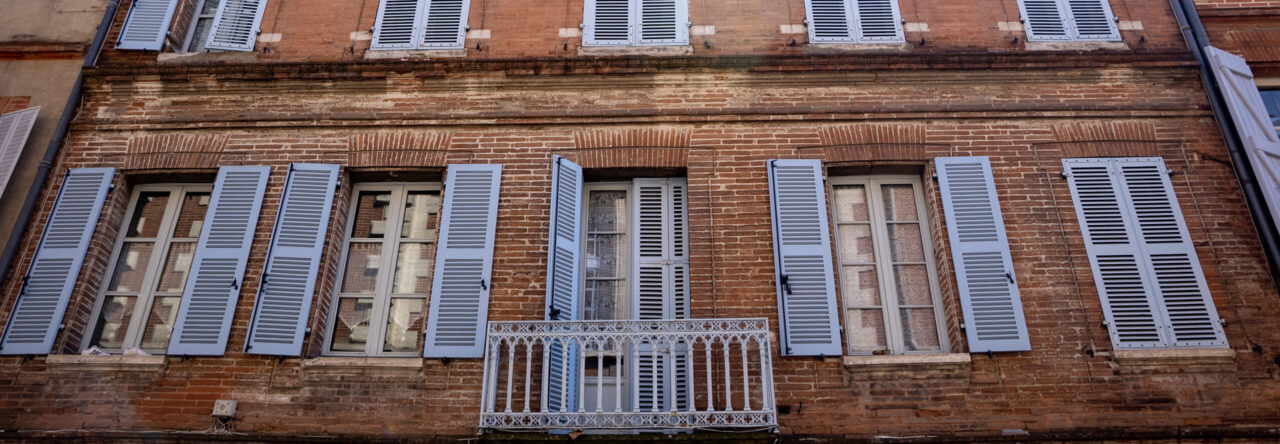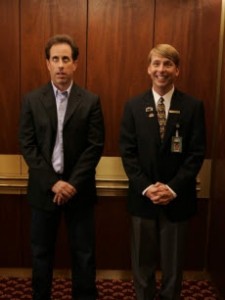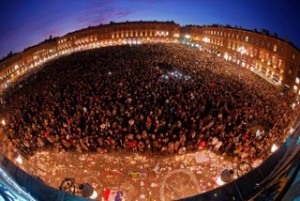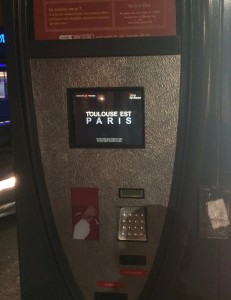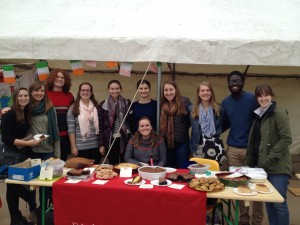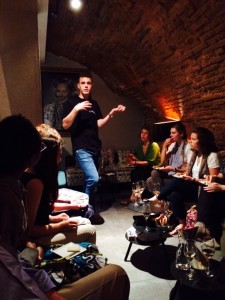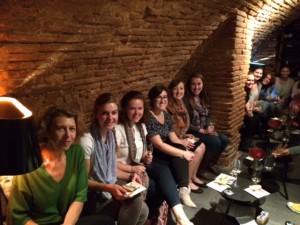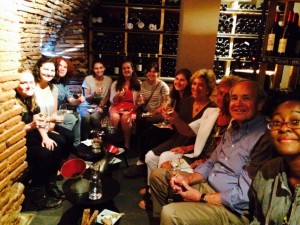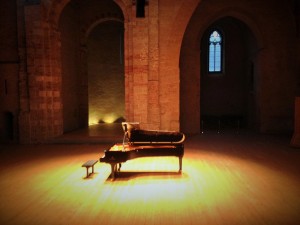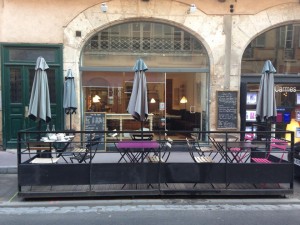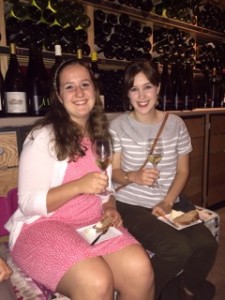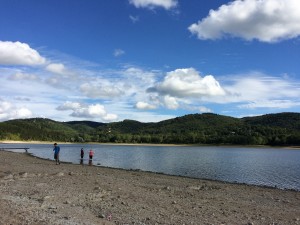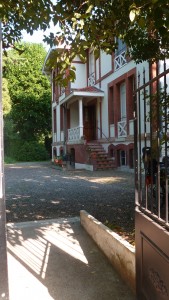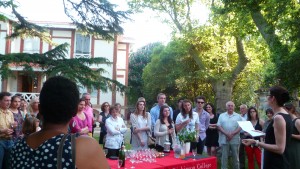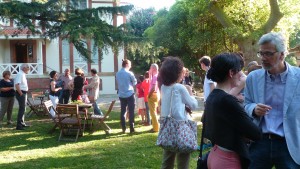– Sophia Brocenos
Each day, I use the elevator in my apartment building. I am normally alone for my trip down to the first floor, but sometimes others are also in the elevator. One does not think that there will be a cultural difference in elevators, but there is. In Toulouse, one always says “hello” and “goodbye” to people in the elevator. Other expressions are normal too; for example, “have a good day” or “have a good evening”. This habit does not exist in the United States. People in elevators in the States are often always silent and often awkward. One ignores the other people, and one looks at no one. This weird moment in elevators is even a subject of jokes in the states. It is known as a moment where everyone feels awkward. In Toulouse, this is totally different. One is nice, and one recognizes the presence of others in the elevator.
Why does this difference exist? I do not know, but it is true. Maybe this region of France is more hospitable than the others. According to my hosts, this habit does not exist in Paris. Therefore, this part of the French culture changes depending on the region.
A similar idea also exists on the bus. When people get on the bus, they say “hello” or “good evening” to the driver, and when they get off the bus, theysay “thank you, goodbye”. I am not sure, but I believe this habit is less frequent in the States. This is a sign of respect for the bus driver. One respects the work of the bus driver, so one thanks him with a greeting and a farewell. But in the States, the work of a bus driver is looked down upon sometimes. The link here is probably to minimum wage, because it is higher in France. One respects the work of a bus driver more easily because it does not have the lowest salary.
The basic difference of these habits between the States and France is that of courtesy. People from Toulouse are normally respectful to others in daily life. I am not saying that Americans are disrespectful, but in this regard, people from Toulouse are more polite.
